This project originates from the National Natural Science Foundation of China (NSFC) Key Project “Study on Novel Chemical Constituents and Anti-Major Metabolic Disease Activities of Endemic Rare and Endangered Gymnosperms in China” (No. 21937002), spanning from January 2020 to December 2024. Key highlights are summarized below:
(I) Project Background
Organisms in nature (plants, animals, microorganisms, and marine species) have created various secondary metabolites with complex and unique chemical structures during their long evolution, known as natural products. Natural products have always been an important source for drug discovery, such as the antibiotic penicillin, the antimalarial drug artemisinin, and the anticancer drug paclitaxel.
The production of natural drugs depends on the biodiversity of the species that produce them, but global biodiversity is facing a severe challenge of sharp decline. At least 13% of terrestrial plant species are endangered or vulnerable. Although China is one of the countries with the richest plant biodiversity globally (second only to Brazil and Colombia), plant diversity has suffered irreparable damage due to habitat destruction, environmental pollution, overexploitation of resources, and invasion of alien species in recent decades, and this trend is still worsening (Figure 1).
In 1984, China published the “List of Rare and Endangered Protected Plants,” listing 354 species. The “China Plant Red Data Book - Rare and Endangered Plants (Volume I)” published in 1992 included 388 rare and endangered plant species (Figure 1). Surveys have found that about one-fifth of the medicinally valuable plants listed in the Red Data Book are endangered, and the medicinal material basis of most of these plants is still unclear, with their medicinal value yet to be effectively developed and utilized.
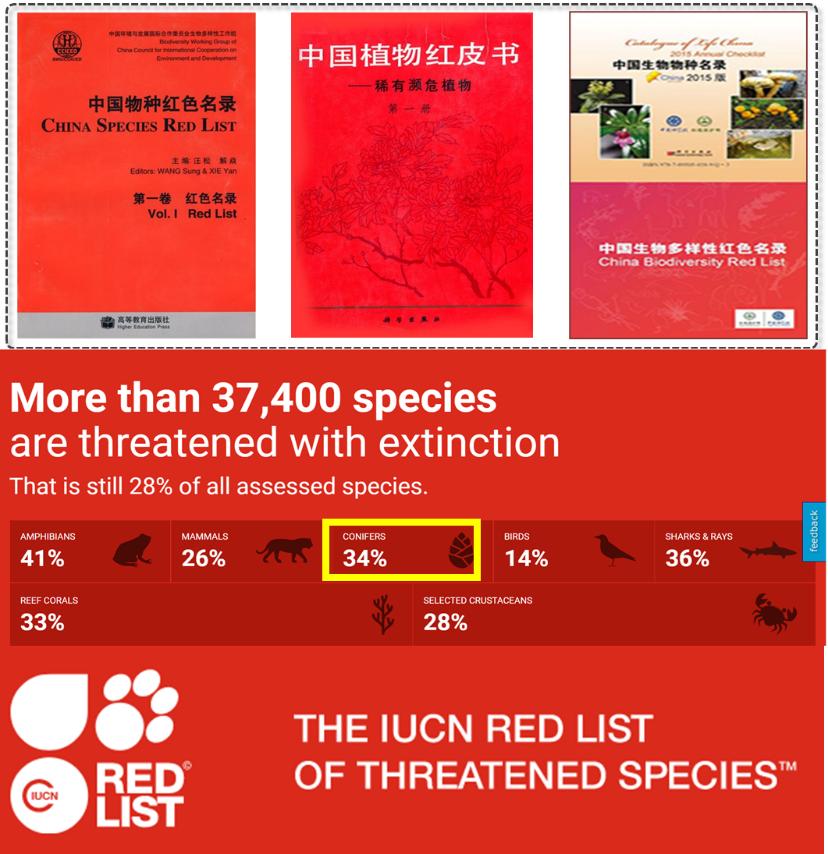
Figure 1. Vectors listing endemic rare and endangered plant species in China (including pine and fir species)
As early as the early 1980s, 14 major botanical gardens in the United States jointly established the Center for the Conservation of Endangered Plants and solemnly declared in Science magazine that “the ultimate goal of well-protected endangered plants is to actively discover their potential medicinal value” (Science 1984, 226: 150) (Figure 2). During the long-term process of natural competition and evolution, rare and endangered plants (REPs) in special habitats often produce chemical ecological molecules with novel scaffolds and new biological functions. Literature statistics showed that the chemical components in REPs have high medicinal potential (see Proc. Natl. Acad. Sci. USA 2011, 108: 12943–12948; 2013, 110: 16832–16837; J. Nat. Prod. 2020, 83: 770–803).
From the perspective of drug discovery, the reduction in plant biodiversity and species numbers will lead to a decrease in drug sources and new chemical entities (NCEs), making the discovery of new natural drugs more difficult. How to take measures to scientifically conserve and effectively utilize endangered plant populations, optimize methods and technologies for discovering new natural lead drugs, promptly confirm their potential significant pharmacological value, and ensure that these precious endangered plants continue to be used by humans is an urgent task before us.
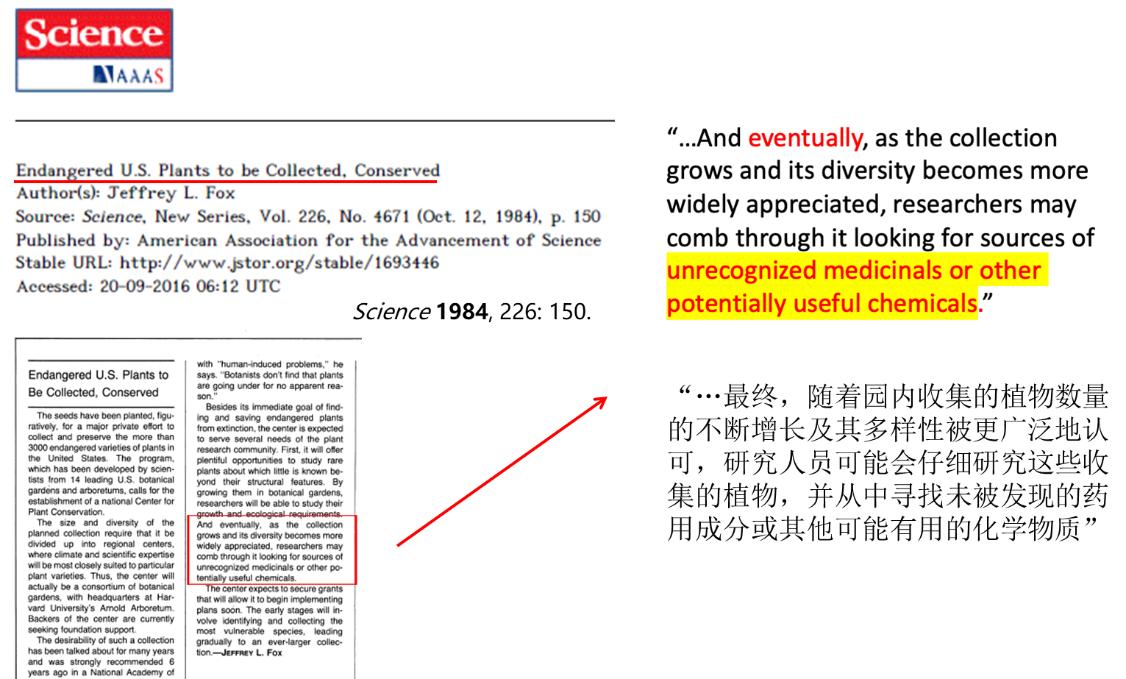
Figure 2. Conservation strategies and sustainable use of rare and endangered plants
At the national level, the rational conservation and sustainable use of endangered medicinal plants in China have received considerable attention in recent years! For example, “Research on Unique Therapeutic Substances in Endangered Medicinal Materials” was one of the first six major projects released by the NSFC Interdisciplinary Sciences Division in the “14th Five-Year Plan” in 2021; the “Modernization of Traditional Chinese Medicine” key special project’s 2024 open competition project guide also included “Research on Artificial Cultivation Techniques and Their Application of Rare and Endangered Chinese Herbal Medicines.” These major/key special projects emphasized urgently solving scientific challenges related to the material basis, mechanism of action, germplasm resource optimization, standardized cultivation, and substitute research of endangered medicinal materials.
The conservation and development utilization of REPs have always been a contradictory community. On the one hand, many REPs have great potential for development and utilization due to their unique evolutionary status. On the other hand, proven development and utilization value may lead to overexploitation of their wild resources, posing a significant threat to their survival. However, from a developmental perspective, confining REPs within protected areas is not the best solution for their conservation.
With the premise of solving their cultivation and reproduction techniques, reasonable development and utilization (especially discovering their medicinal value) can promote active and effective conservation of rare and endangered plants (such as achieving large-scale artificial introduction and cultivation). The two should complement each other. One example worth learning from is the REP plant Coleus forskahlii. This plant was first discovered by the famous Chinese botanist Professor Cai Xitao in Dongchuan, northeastern Yunnan, in 1932 and had not been reported since. Since the plant can metabolize and produce forskolin, a diterpenoid star drug molecule, researchers from the Kunming Institute of Botany, Chinese Academy of Sciences, began in 1987 and finally rediscovered the plant after more than two years, subsequently expanding its cultivation and development utilization for effective conservation (Figure 3).
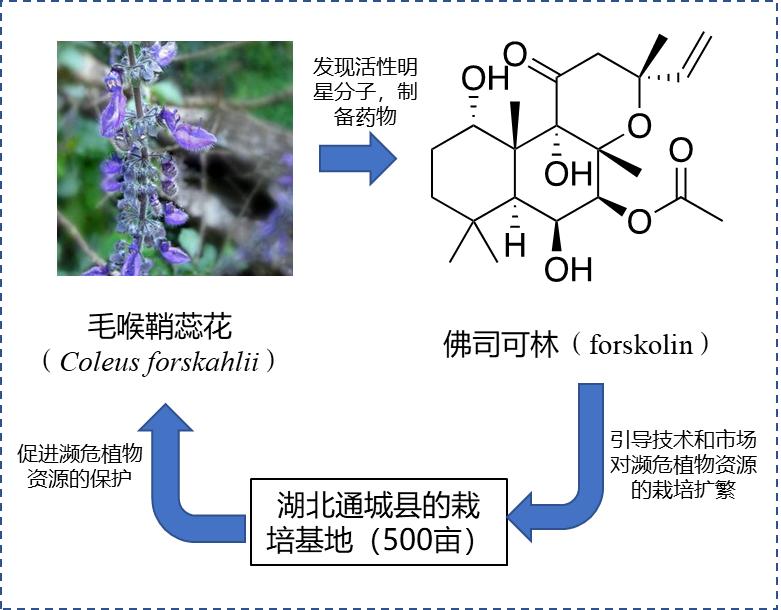
Figure 3. The medicinal value discovery and scientific conservation strategy of the rare and endangered plant Coleus forskahlii complement each other
Fortunately, the project’s supporting institution, TU, has unique advantages in the introduction, cultivation, and conservation of REPs. TU has successively established a Rare and Endangered Plant Introduction Base (Linhai Campus) and a Rare and Endangered Botanical Garden (Jiaojiang Campus) (Figure 4), having introduced and cultivated more than 200 species of REPs. In 2021, TU cooperated with the Taizhou Botanical Garden to jointly build the “Taizhou Botanical Garden - Rare and Endangered Plant Specialty Garden.” This specialty garden has completed the cultivation of more than 90 species of rare and endangered plants (Figure 4). These provided a strong material guarantee for the implementation of this project.
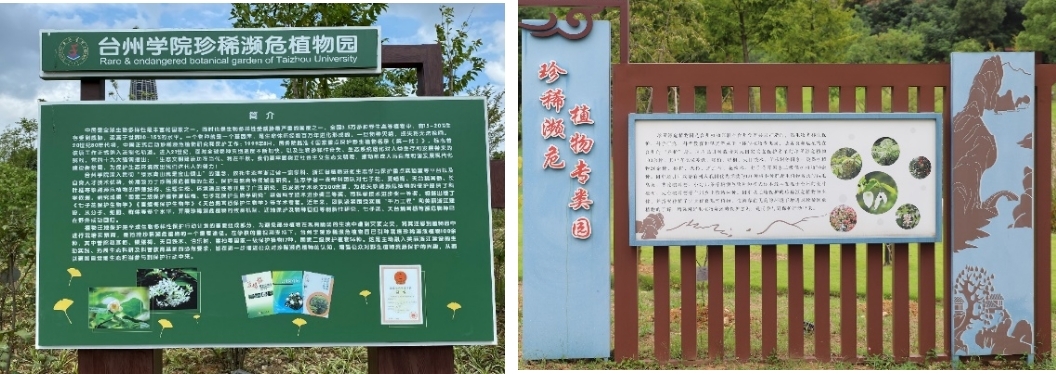
Figure 4. The Rare and Endangered Botanical Garden of TU has collected more than 200 endangered plant species
According to the IUCN Red List of Threatened Species, about 34% of global conifer species are at risk of extinction (Figure 1). Conifers, taxonomically, refer to all species in the class Coniferopsida of the gymnosperms, encompassing seven families: Pinaceae, Taxodiaceae, Cupressaceae, Podocarpaceae, Cephalotaxaceae, Taxaceae, and Araucariaceae. China is rich in conifer resources, with distributions in all families except Araucariaceae, totaling about 200 species. Some conifer species are relics preserved from the Tertiary Period of the Cenozoic Era after the Quaternary glaciation, many of which are endemic to China.
Several star drug molecules have been discovered from conifers, such as homoharringtonine, an anti-leukemia drug isolated from Cephalotaxus fortunei, paclitaxel, an antitumor drug isolated from Taxus brevifolia, and pseudolaric acid B, an antifungal drug isolated from Pseudolarix kaempferi (Figure 5). Meanwhile, rare and endangered conifer species in special habitats often contain complex and unique microbiota (endophytes). They may also produce metabolites with structurally diverse and unique biological activities. Conducting in-depth and systematic research on the secondary metabolites of these rare and endangered plants in China and their unique endophytes, and promptly discovering medicinal value (such as against major metabolic diseases) can actively promote their scientific conservation and sustainable utilization.
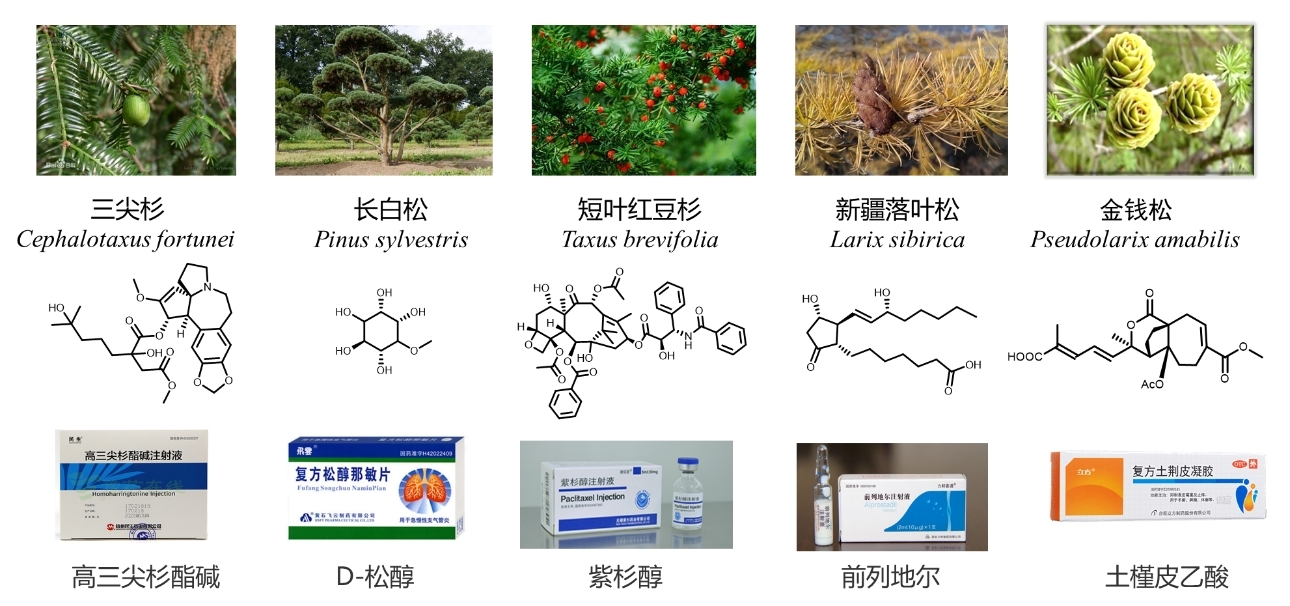
Figure 5. Star drug molecules discovered in rare and endangered conifer species (examples)
Major metabolic diseases, including type 2 diabetes, obesity, hyperlipidemia, hypertension, and nonalcoholic fatty liver disease, seriously affect human health. The occurrence of these diseases is closely related to abnormal regulation of glucose and lipid metabolism, with multiple diseases accompanying and synergizing in disease progression models (Figure 6). Currently, there are few drugs available for these diseases, and there is an urgent need to develop new drugs against major metabolic diseases.

Figure 6. Research status of major glucose and lipid metabolic disorders
Based on the above research background, this project “focused on preclinical research” and “highlighted originality,” selecting 18 endemic rare and endangered conifer species in China to conduct systematic and in-depth chemical composition research on the secondary metabolites of these plants and related endophytes. It also evaluated the activity and related mechanism of action around high-druggable new targets/multi-targets (such as ACL, ACC, DRAK2, and PTP1B) that can regulate glucose and lipid metabolism disorders to discover lead compounds for new drugs that can treat major metabolic diseases (Figure 7).
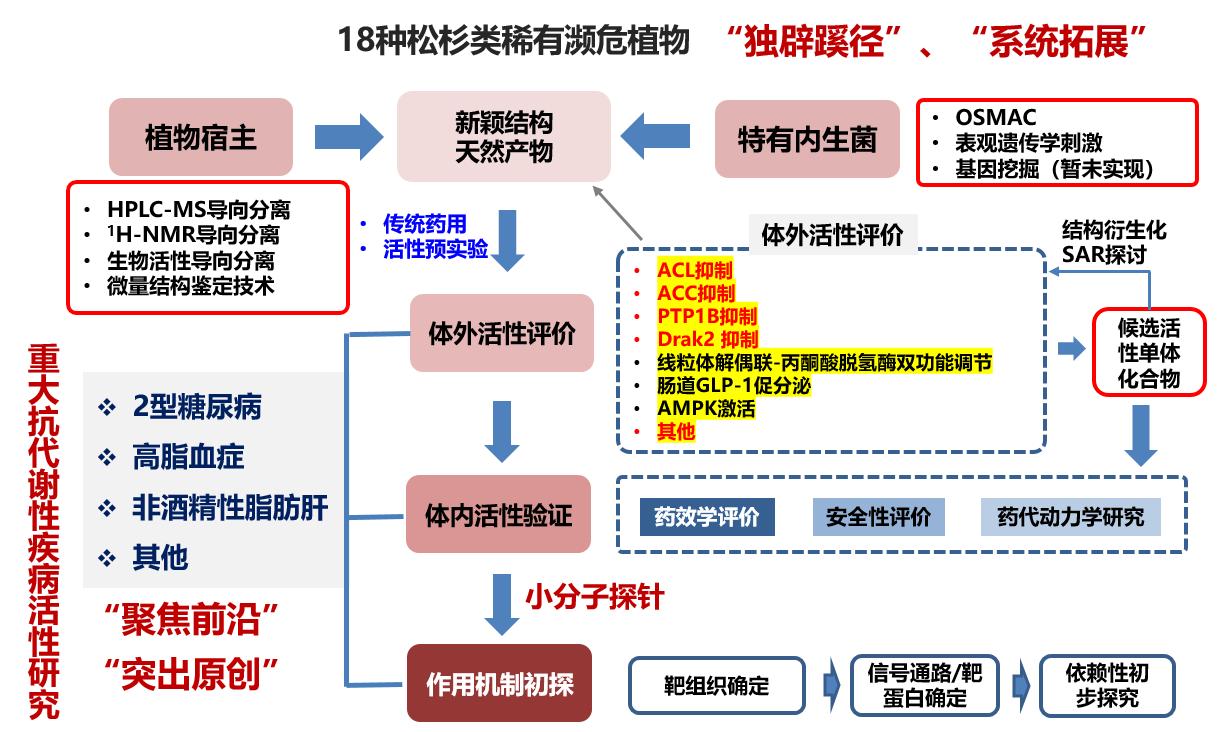
Figure 7. Research on the chemical composition and anti-major metabolic disease activity of rare and endangered conifer species
(II) Major Findings of the Project
1. Completed research on the chemical constituents of REPs (rare and endangered plants) from 18 species of Chinese endemic pine and fir trees, including Abies georgei, resulting in the isolation and identification of a total of 557 structurally diverse compounds, including 175 new compounds and 24 new skeletal compounds belonging to 12 classes. Chemical derivatization was carried out for some novel skeletal compounds to establish a derivative library for structure-activity relationship studies. For example, using LC-MS-based targeted isolation technology (MoIN), a series of novel heterocyclic terpenes with unique skeletons and ACL (ATP-citrate lyase) inhibitory activity were isolated and identified from Pseudotsuga forrestii. Some of these findings were published in Angew Chem Int Ed, a top-tier academic journal in the field, and were highlighted by NPR as “Hot-off-Press” molecules (Figure 8).
2. A total of 389 endophytic strains were isolated from fresh branches, leaves, or stem barks of various wild or cultivated rare and endangered pine and fir species, successfully establishing a unique endophytic bacteria library for Chinese endemic pine and fir REPs. Based on morphological and taxonomic identification, combined with screening results for chemical diversity and biological activity, 22 strains were selected for secondary metabolite research, leading to the isolation and identification of 214 compounds (including 57 new compounds and 9 new skeletal compounds belonging to 3 classes) (Figure 9). Notably, Neurospora terricola HDF-Br-2, an endophyte from Pseudotsuga gaussenii, produced a novel xanthone dimer with a dihydropyran ring, which was included in the ESI Highly Cited Papers in 2024 (Figure 9). Particularly, a polyene macrolide antibiotic FC was isolated from the secondary metabolites of an endophyte WP-1 from Pinus dabeshanensis (Appl Microbiol Biotechnol 2020, 104, 10437; patent application number 202010772722.4). This compound exhibited significant antifungal activity against agricultural fungi. Currently, joint development work on novel antifungal pesticides is underway, and the research team is also preparing to apply for related work on new pesticide registration (Principal Investigator: Li Jiyang, one of the key researchers in this major project).
3. Some compounds exhibited significant single-target or dual-target inhibitory activity against ACL and ACC (acetyl-CoA carboxylase) among other targets. Pharmacodynamic evaluations in acute and chronic animal models were conducted for two abundant compounds that inhibited ACL in vitro, and results showed that both had hypolipidemic effects. One of these compounds also improved metabolic abnormalities in mice, and immunohistochemical analysis indicated that it could reduce ACL expression levels in liver tissue.
4. During the execution of this project, a total of 771 monomeric compounds were isolated and identified (including 232 new compounds and 33 new skeletal compounds belonging to 15 classes). Given the difficulty in isolating and identifying these compounds, subsequent activity evaluations were conducted on pharmacological models (in vitro) for other related diseases (such as cancer, for which numerous studies have also shown a close relationship between cancer and metabolic disease targets). Some compounds demonstrated significant antitumor and antibacterial activities.
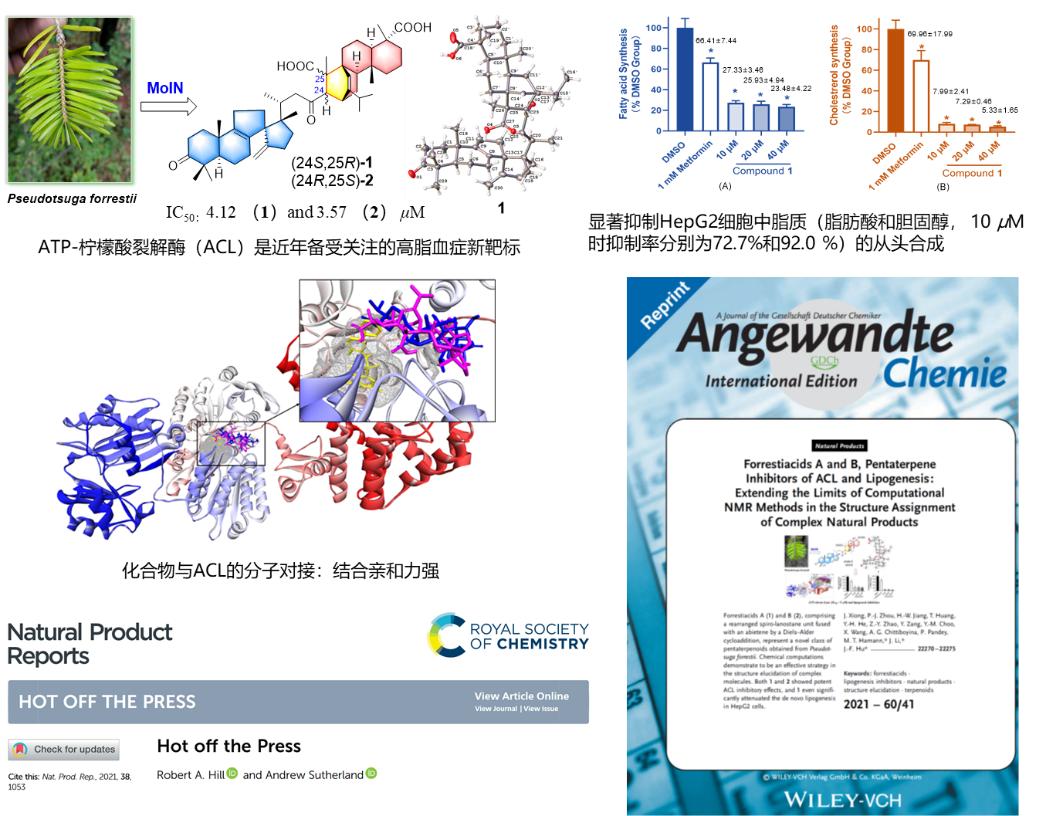
Figure 8. Novel [4+2]-type terpene heterocyclic dimers found in pine and fir species and their ACL inhibition and lipid synthesis inhibition effects
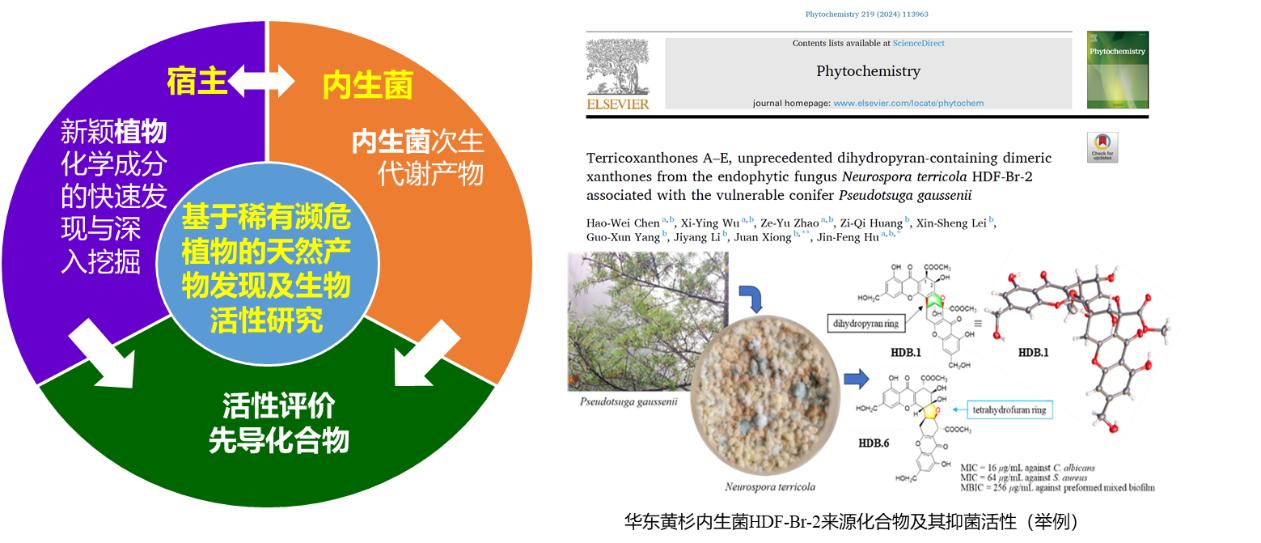
Figure 9. Secondary metabolites of endophytes from rare and endangered pine and fir species and their biological activities
Since 2013, the applicant and the research team have been pioneers in China in studying the secondary metabolites (including trace components) with novel chemical structures and their biological functions from Chinese endemic REPs and their unique endophytes. Parts XX (https://spfdu.fudan.edu.cn/46/63/c28478a411235/page.htm), XXXII (https://www.tzc.edu.cn/old/info/1151/77717.htm), and XXXVII (https://www.tzc.edu.cn/info/1582/180773.htm) of this series of work have been reported on the official websites of the School of Pharmaceutical Sciences, TU, and the School of Pharmaceutical Sciences, Fudan University, as well as on the public platform “Wen Hai Shi Cui” (https://mp.weixin.qq.com/s/pZxxxCnq6QSubtNQvZDfjQ). This is Part XLIII of the “Phytochemical and biological studies on rare and endangered plants endemic to China” series, which has just been completed. It focuses on MoIN-guided exploration, chemical derivatization, and biological activity studies of complex 6/6/6/5/6/6/6/6 spirooctacyclic new skeletal diterpene dimers found in Amentotaxus yunnanensis, an endangered plant in China (Figure 10, see Org. Chem. Front. 2025, DOI: 10.1039/d4qo02210f).
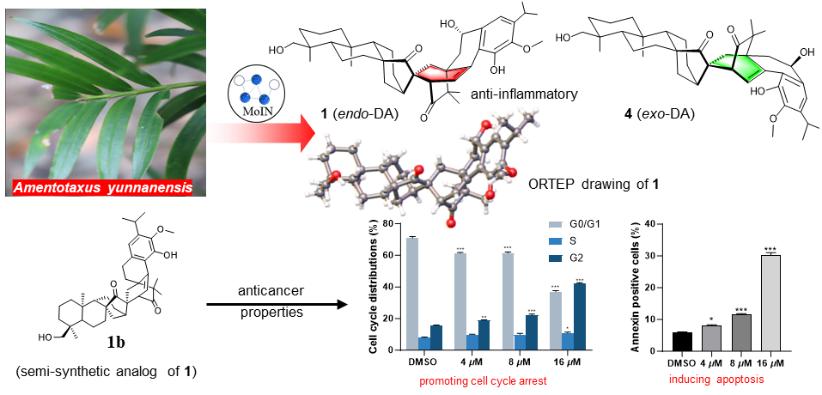
Figure 10. New skeletal diterpene dimers found in pine and fir species and their activity in inducing tumor cell apoptosis
(III) Major Achievements of the Project
To date, this project has supported the publication of 60 SCI papers (including 44 with primary affiliation and 16 with other affiliations), and 6 Chinese invention patents have been granted.
Project team members have participated in numerous academic conferences, delivered 9 invited keynote speeches or special presentations (https://xww.tzc.edu.cn/info/1093/27867.htm; https://tennen.f.u-tokyo.ac.jp/head.htm), and published 21 conference papers. The “First National Summit Forum on Chemical Biology of Secondary Metabolites from Rare and Endangered Plants” was successfully held (https://sps.tzc.edu.cn/info/1041/2260.htm).
Relying on these academic exchanges, the research direction has been recognized, enhancing the academic influence of the related research results. This project has trained 9 doctoral students and 10 master’s students, forming a distinct research feature.
Based on the implementation of this project, project team members have successively obtained 6 grants related to the chemical constituents and biological activities of Chinese endemic REPs (including 1 National Natural Science Foundation of China General Program, 2 National Natural Science Foundation of China Young Scientists Fund projects, and 3 provincial and ministerial research projects in Zhejiang and Shanghai).
These research achievements have provided scientific clues and evidence for systematically and innovatively discovering novel drug lead compounds from Chinese endemic pine and fir REPs that can prevent and treat major glycolipid metabolic diseases, and will also promote the scientific conservation and sustainable use of these REPs!